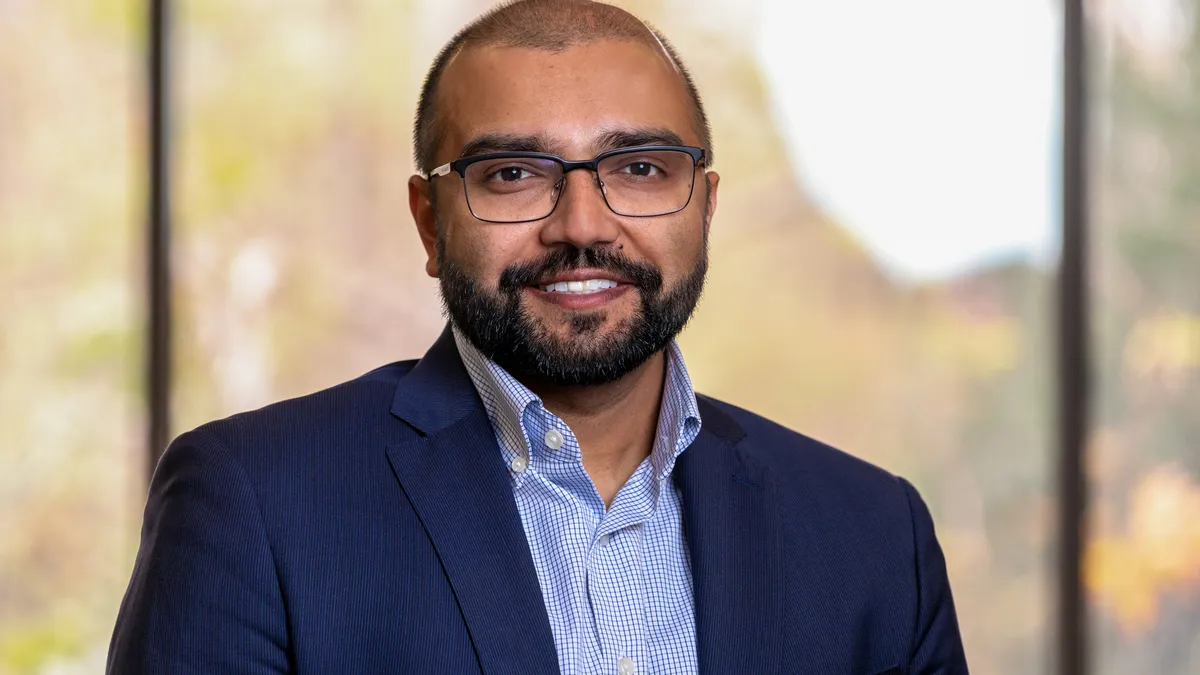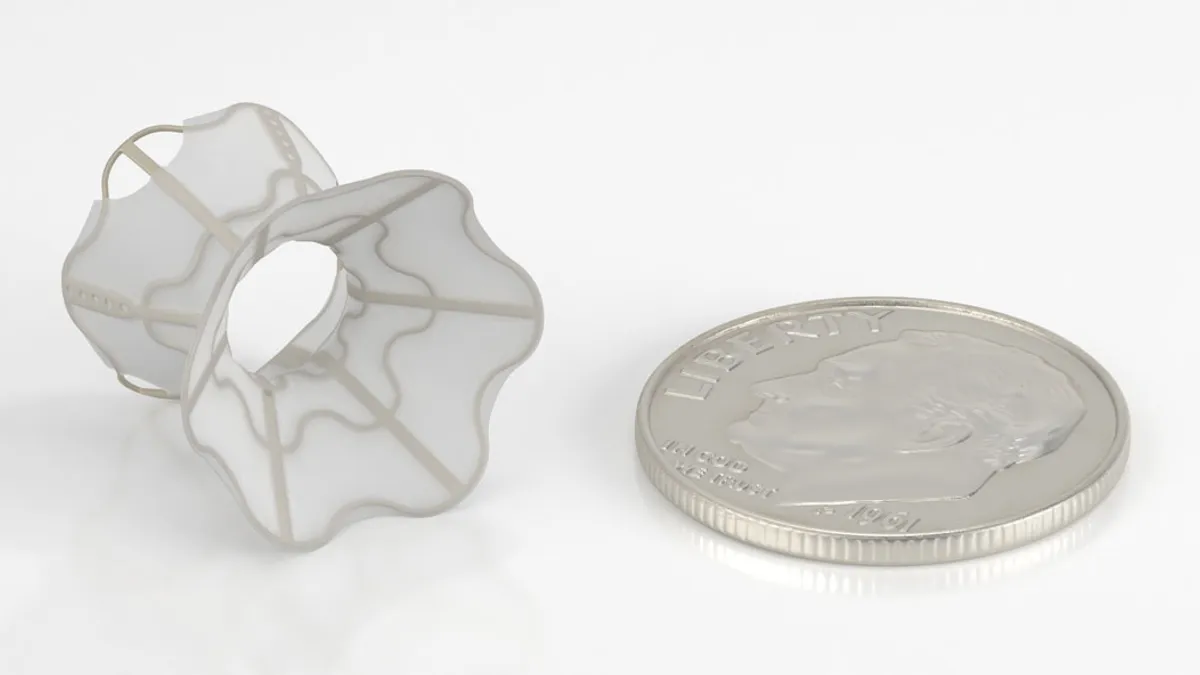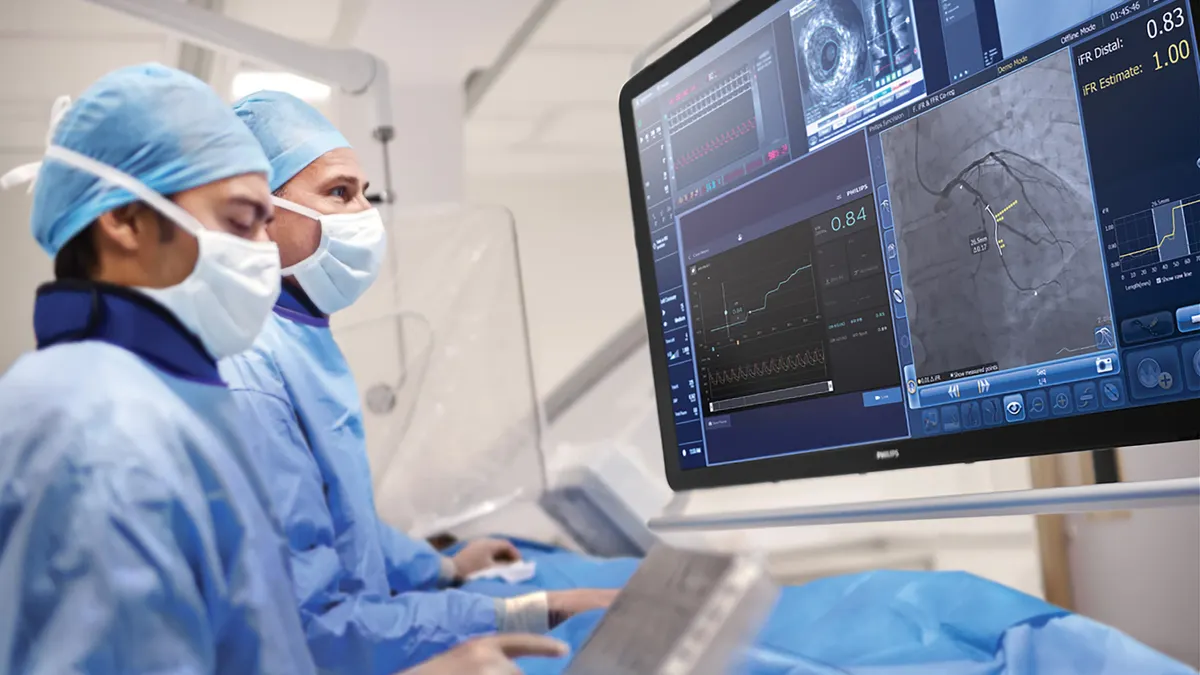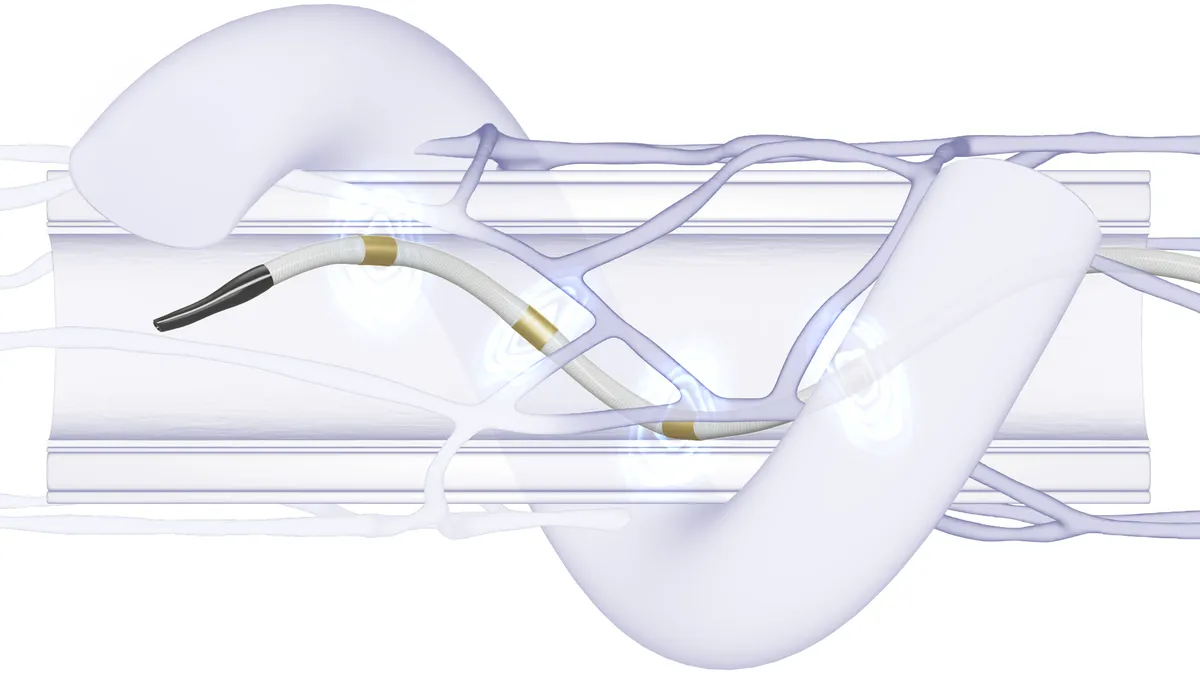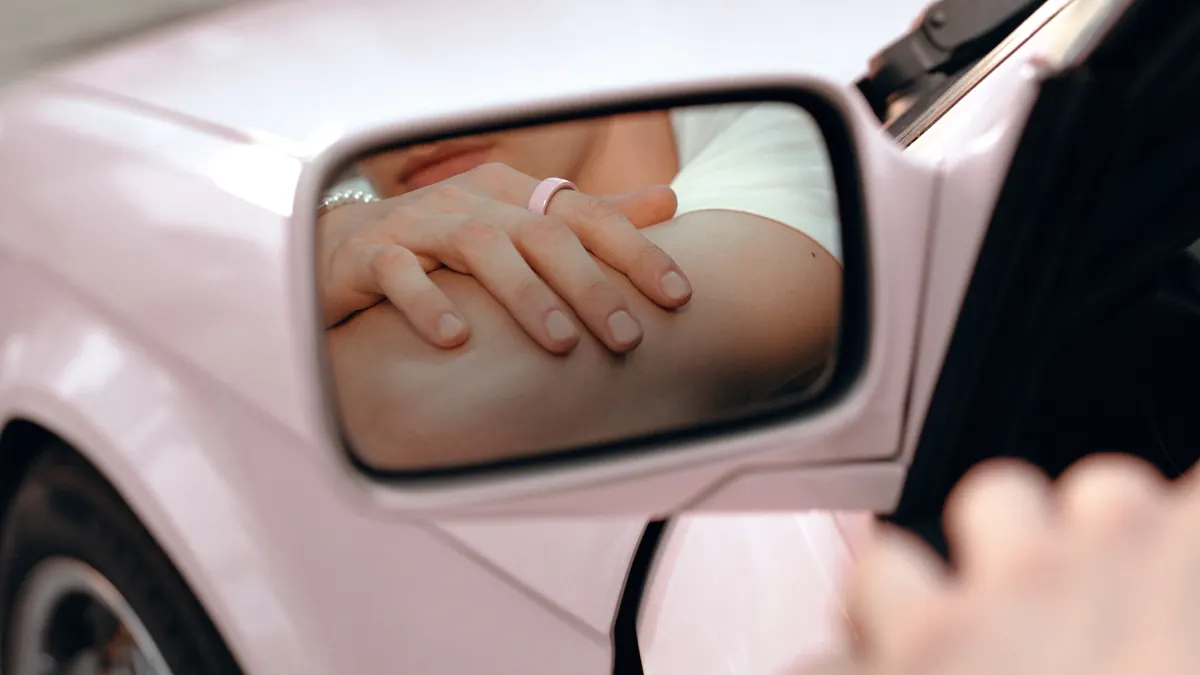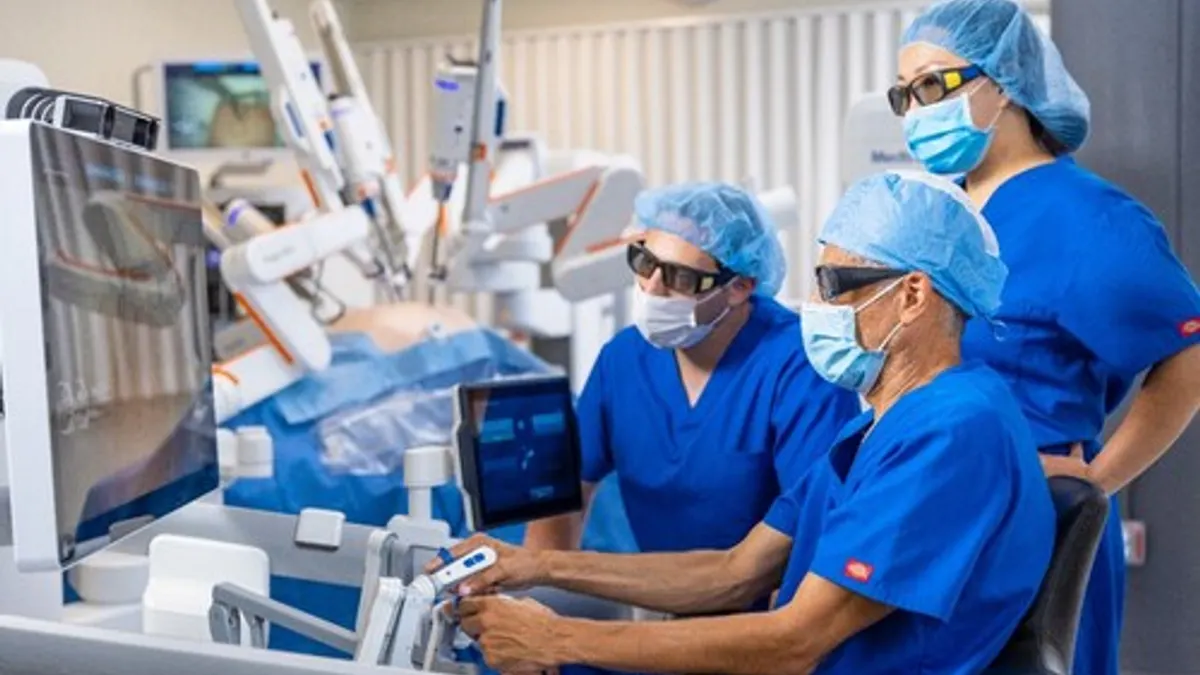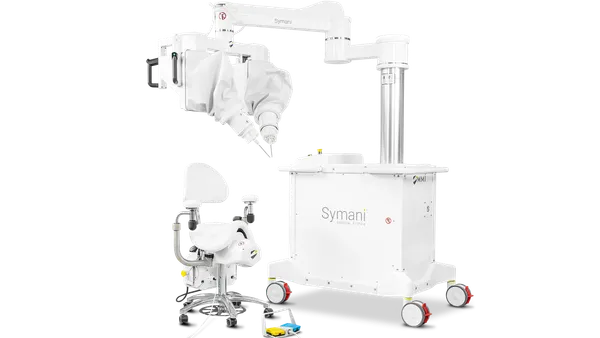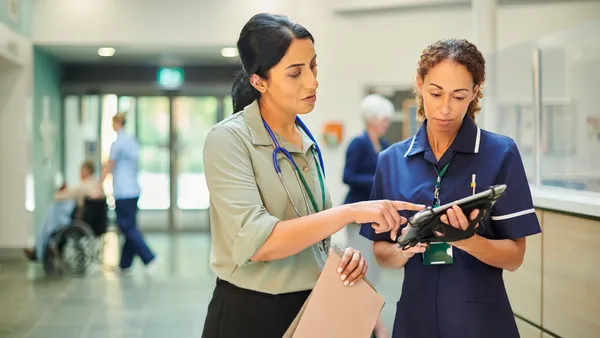In early 2020, the Scripps Research Translational Institute published an article on using wearable devices to track acute respiratory infections. Originally intended to detect influenza-like illness, the results were published just as the COVID-19 pandemic started, before the illness even had a name.
From there, the organization quickly launched a virtual study; within 72 days they had more than 35,000 people sharing wearable data and responding to survey questions on their symptoms and outcomes.
Based on these experiences, the San Diego-based organization is launching several other decentralized studies, headed up by Dr. Jay Pandit, a cardiologist who was named the organization’s director of digital medicine last year. Studies have begun on maternal health, nutrition, and sleep — all incorporating digital technologies.
In an interview, Pandit talked about decentralized clinical trials, wearables and the future of remote monitoring.
This interview has been edited for length and clarity.
MEDTECH DIVE: How did you get started working in digital health?
JAY PANDIT: One of the things that really got me into the whole space was the field of blood pressure monitoring. I got tired of seeing patients with blood pressures in the clinic that were really not representative of what their outside situation was. And you know, we just didn't have better tools at the time. This was about seven or eight years back.
Toward the end of my training, I actually developed a medical device for complex blood pressure monitoring that looked at averages rather than a snapshot measurement from a blood pressure cuff.
That led to a lot of development from the company side in terms of understanding hardware capabilities, all the way to what the user experience would be like, what the provider experience would be like, how do you actually close the loop? How do you change practice, which is a very difficult thing to do. So I got a good understanding of all the different capabilities in not just blood pressure monitoring, but the [whole] remote monitoring space.
Where do you think we’re at now, from a technology perspective?
As the field of remote patient-monitoring expands, we're going to move away from the conversation [about] sensor capabilities. There are enough sensors that are starting to collect these sorts of data streams. What to do with that data, that's where we really are. The last step I see is how to make the data useful. I don't think we're there yet. I don't see too many devices — other than maybe Holter monitors or continuous glucose monitors — that have truly made their way into the clinical workflow. And that's where I'm very interested.
Why run a virtual trial rather than at a trial site?
We do know that if you do that brick-and-mortar trial approach, you're only reaching [fewer than] 10% of people that are actually going to be eligible for the trial. So I think just expanding and opening up that gate itself provides you a much larger pool. That being said, you don't automatically make your participant population diverse or representative. You do have to focus on [targeting a population that is] underrepresented in biomedical research for these different trials. And I think that's what we've been very good about.
What considerations go into the study design?
It's very easy to just say, okay, we're going to send out 100 devices to folks and see what we find. But that then just becomes an ocean of data. So we tried to keep the clinical rigor of the hypothesis, answering a scientific question, before we design everything. Then comes the idea of going through what kind of sample population we want to go after.
You're doing a study in the real world, and not everybody's going to wear their devices at certain periods of time. A lot of people don't like to wear their devices when they go to sleep, so you're going to miss a lot of data. How do you make that realistic? How do you incentivize people to wear devices in the best way possible to answer your question?
I think one of the biggest challenges of any sort of digital trial strategy is that just realistically, any wearable-based study at the six-month mark starts having a drop-off. You have to expect that drop-off unless you figure out the answer of what return of information looks like for the participant, for them to remain engaged.
Scripps published some studies showing that wearable devices could be used for early detection of respiratory infections, potentially helping detect cases of COVID-19. How do you see that technology being used in the future?
Wearables should be a supplementary surveillance strategy. So many people have a smartphone or a wearable, it can be a huge population health tool, not only to detect hotspots early, to detect people who are asymptomatic, because your heart rate sometimes can change [when you’re sick]. It can change before you get your cough or runny nose or nausea. Maybe we can catch those infections earlier so that we can allocate more population health resources there.
We [did] a sub-study to see whether we could find folks that have a variability in their vital signs and alert them to take a test. The results of that study are going to come out pretty soon. That was instigated by the fact that the most common way that people test for COVID now is at-home testing. Yet, the numbers that we get are collected from clinic-based testing or lab-based testing. Unless somebody tests positive and then calls the department of public health, there's no way to account for them being positive. So that's what we wanted to do — we wanted to try to get into the house and see how much we can catch.
Several wearable companies have rolled out tools to detect atrial fibrillation and now more are looking to continuously monitor for that condition in the background. What are your thoughts on that?
The splash started when Apple Watch announced it got FDA approval to detect irregular heart rhythms and notify the participant of it. It [caught] enough people [who] were true positives that Apple decided to continue doing this. And not just Apple; now you've got Samsung doing the same thing, you've got Huawei, Whoop, Garmin, all of them going into the space.
The reality is, just like blood pressure, ECG is a dynamic variable. And even when you have the ability to detect ECG, and many of the devices say that they can do continuous ECG detection, they're still sampling bits in time. So there's still a good possibility it doesn't quite replace the full on Holter monitor with the six leads and 12 leads, but it is pretty good.
I think it's matured enough that we're not that worried about false positives anymore. We're now trying to figure out where [the watches] fit into this space, whether they should be a screening tool, or a monitoring tool or a management tool.
We’ve heard that Apple and Fitbit are working on wrist-based blood pressure monitors. As someone who has worked on that yourself, do you think the technology is there yet?
I think ECG is much further. Blood pressure is a very complex problem.
We need more players in the space to be able to understand how to actually present that continuous blood pressure data. How is it different from more frequent measurements of blood pressure data? Is it cost effective over periods of time? Because right now, other blood pressure cuffs, some are $5, $20. The blood pressure cuffs that they're using in the hospital, the disposable cuffs, are cents on the dollar. They’re so ingrained into our healthcare system for checks and vital signs that they actually became a metric for quality, but also a measurement required for billing. How are you going to replace this huge approach, how are you going to ultimately make space for yourself there?
For blood pressure monitoring or blood pressure measurement, we're still at the point of whether the device is accurate.
Since blood pressure cuffs are so cheap, why use a cuffless monitor?
One of the biggest [reasons] is nighttime blood pressure. [Having] somebody squeezing your arm every 15 to 20 minutes for 24 to 48 hours, you can't convince me that it doesn't wake you up at night. Passive blood pressure can really give you some good insights into night-time blood pressure, which is found to be very prognostic in terms of cardiovascular disease.
We also detected masked hypertension, which is when you have a normal blood pressure in the clinic but it's abnormal at home in response to certain things. Preeclampsia is a major pregnancy-related complication and I think we can definitely do better there.
What other technologies are you watching?
A lot of pharmaceutical companies are interested in reducing the cost to bring drugs to trial. One way that can happen is developing these digital biomarkers, like heart rate variability, [and] using these biomarkers as surrogate biomarkers for true heart clinical endpoints, which may require you to monitor populations for years on end before a primary event happens. If there's a short term surrogate outcome that you can make a change in, that can move the needle forward. But regulatory bodies are obviously wary of this and cautious about this because it also means that you're only monitoring people for a short period of time. There are many, many different digital biomarkers that are being tested in large-scale clinical trials and decentralized clinical trial formats, and will start making headway into the trial space.
Take continuous glucose monitors, for example. There's still debate about whether they've actually changed clinical outcomes. We know that it helps lower A1Cs, there are a lot of trials that have shown it, but from the data that's been collected, there have been some papers talking about different glucotypes within what was initially thought to be a homogenous population.
We’re on the coattails of CVS announcing their acquisition of Signify Health for $8 billion dollars. I think COVID was the catalyst — I mean, this was in the works for a while — but the pandemic has been a catalyst for doing more things at home.
In the house, not only do you have the wearable devices that people are wearing on their hands or their chests or their necks, but also ambient measurement devices, like your Google Home, your Amazon Echo. What if they can count the number of coughs you have at night, and what if that tells you whether you are about to develop an infection? What if it can tell you that you're about to develop obstructive sleep apnea? So how to actually empower all that, I think that's very exciting.


